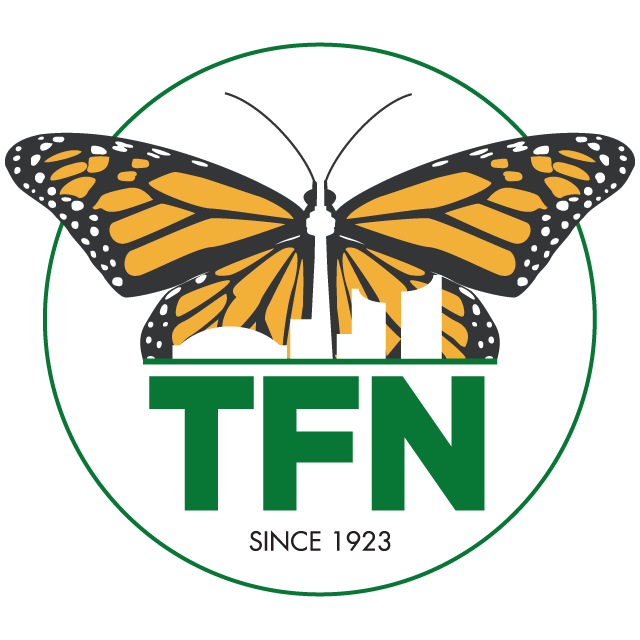With spring delivering a vibrant tapestry of shorebird returns, each embarking on its own remarkable journey, it’s imperative that we take proactive measures to safeguard their habitats and migration routes. While some transient species merely pause to rest and refuel en route to the Arctic, others nest as close as Toronto Island. Yet, despite the breathtaking spectacle of over 40 shorebird species gracing Ontario’s landscapes, a sobering truth emerges: 17 are in decline, with several endangered.
Thankfully, there are numerous ways we can lend a helping hand to our shorebirds. One impactful method is to craft creative and inspiring signage to adorn the string fencing that safeguards shoreline habitats. Additionally, it’s crucial to be mindful of the behavior of beach-nesting birds; they may signal their need for space by flying or swooping close, emitting high-pitched or frequent vocalizations, or displaying a broken wing. To ensure their peace and safety, it’s recommended to remain at least 50 meters away from nesting sites, closely supervise children, and keep dogs on a leash. Properly disposing of fishing line is essential, and refraining from feeding gulls helps maintain the natural balance of their ecosystem.
During their arduous migrations, most shorebirds grace our region in July, their arrival heralding a spectacle of nature’s resilience. For avid bird watchers seeking prime viewing spots in the Toronto area, Dundas Marsh and Windermere Basin in Hamilton, Frenchman’s Bay in Pickering, Corner Marsh in Ajax, and Oshawa Second Marsh offer unparalleled opportunities to witness these winged travelers in their natural habitat.
In recent years, there have been significant milestones in the return of shorebird species to Ontario. Piping plovers, for instance, made a triumphant comeback in 2007 after a thirty-year absence, now nesting right here on Toronto Island. There are numerous opportunities to assist these adorable birds, including reporting sightings or volunteering for monitoring efforts. Another remarkable species, the Red Knot, breeds in the Canadian Arctic and winters as far south as Tierra del Fuego. Considered endangered, they visit Ontario during their long migration in mid-July and August.
As stewards of our environment, it’s our responsibility to ensure the continued survival and thriving of these remarkable creatures. By taking concerted actions and spreading awareness, we can secure a brighter future for shorebirds and the ecosystems they inhabit. Together, let’s celebrate their return and commit to their protection for generations to come.
Peter S., TFN Advocacy Team

